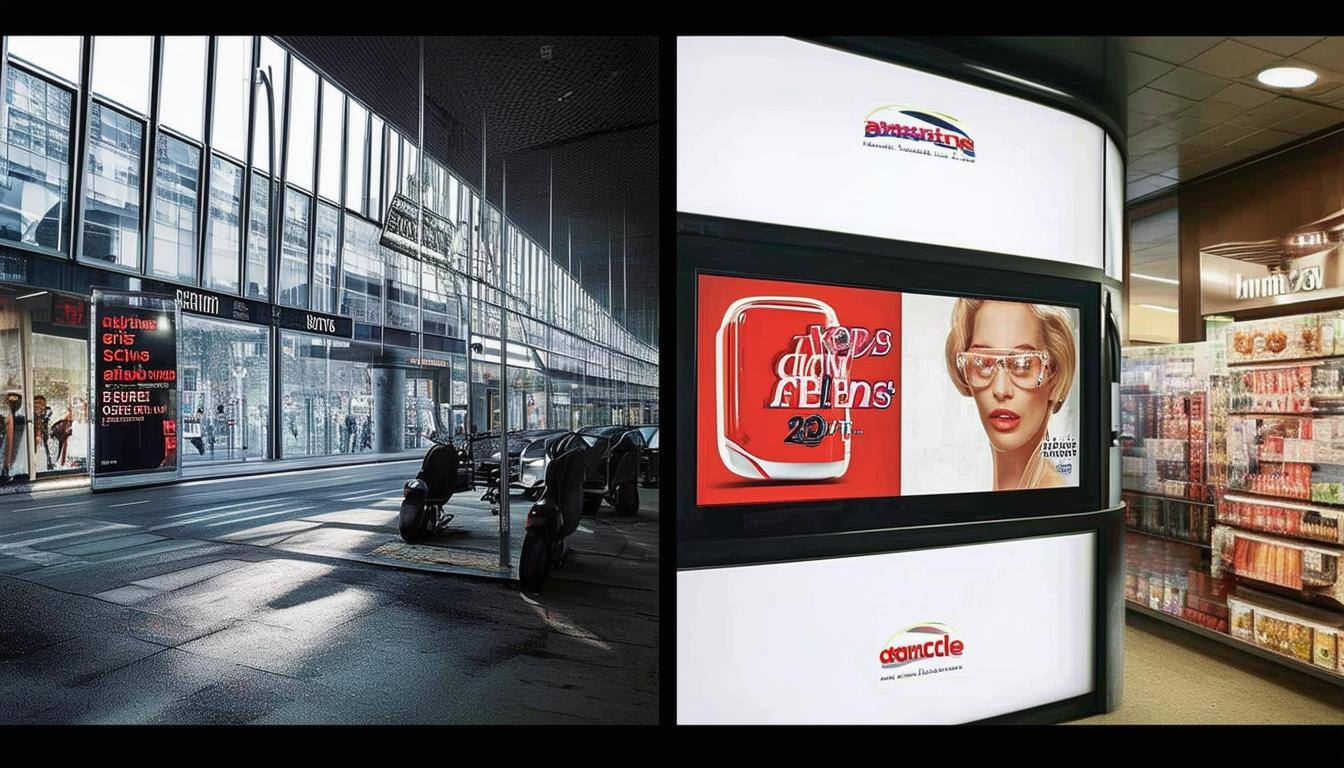
- Services
- Sector
- Languages
- Individuals
- About us
- Contact us
- Services
- Sector
- Languages
- Individuals
- About us
- Contact us
4.8 out of 5 Based on 2288 reviews


What happens when translation alone isn’t enough? When the phrases used in one language don’t land correctly in another? When clarity, humour or cultural references become, quite literally, lost in translation? Well, that’s where transcreation comes in.
Transcreation (sometimes known as creative translation) is the process of adapting content from one language to another, ensuring it resonates with the target audience and cultural context while maintaining the meaning, tone, and emotional impact of the original material.
Sometimes the terms translation and transcreation are used interchangeably, but there are several differences between the two:
Translation is the process of translating the words on the page and finding the closest possible equivalent meaning.
Transcreation, however, goes beyond translating the words on the page. Transcreation considers various features, such as the text’s context, phonetics, tone and cultural references.
The main aim of translation is to deliver a message to the target audience, in the target language, with accuracy and clarity.
Whereas, transcreation aims to deliver a message to the target audience in a way that evokes an emotional response as similar as possible to the response elicited by the original message.
Unlike translation, transcreation can extend to the editing of visual features of a text, such as its layout or design, to be more culturally sensitive. For example, the colour white is often associated with cleanliness or purity in Western cultures, whereas it can be a symbol of mourning in some Asian cultures.
While translation does take time and skill, the process of transcreation requires an extra layer of research and creativity.
Because transcreation also considers the meaning, tone, and emotional impact of the content, it takes an in-depth knowledge of both cultures.
And, due to the need to ensure that the message is aligned with the culture and values of the target audience, transcreators often have to research cultural nuances and adapt humorous or idiomatic language.
This can mean the rewriting of content, which also takes longer than a direct translation.
In being presented with these challenges, the transcreator has the freedom to come up with inventive ways to relay the message in a way that connects with the target audience and achieves the desired result.
In short, while translation prioritises the accuracy and meaning of the message, transcreation prioritises the impact and perception of the message.
| Translation | Transcreation |
| Communicate language as accurately as possible. | The language may be adapted to achieve a desired effect or better suit the target culture. |
| Prioritises meaning. | Prioritises perception and impact. |
| Renders a text from one language into another. | Combines translation with the creation of a new text in the target language. |
| Requires a strong familiarity with both languages and their respective cultures. | Requires an in-depth understanding of both languages and their respective cultures. |
| Takes longer, due to its creative nature. | |
| Usually performed by translators who are also talented copy or content writers. |
In Absolute Translations work for luxury chocolatier Hotel Chocolate, transcreation was required for their advertising slogan, “It’s so spicy it will blow your socks off”. This colourful English language idiom worked well in their home market, but the direct translation was non-sensical in their new target market of Spain. Instead, the Spanish phrase was an idiom involving a bull and red eyes – unknown in English-speaking markets but effective in Spanish ones!
Film titles commonly require transcreation to render them sensical and effective in their target cultures. In traditional Chinese, Pirates of the Caribbean is translated as "神鬼奇航", which translates to "God Ghost Strange Sailing". Again, this type of linguistic structure is confusing to an English-speaking audience but makes perfect sense in China.
Transcreation and localisation are similar in that they both adapt content for consumption by a specific target audience.
However, they differ in their definition and process.
While transcreation focuses on the emotion, tone and purpose of the original, localisation focuses on adapting content to ensure it fits a specific region.
Transcreation's aim is to retain the original content's impact on its audience.
Localisation may include changing units of currency, measurement or symbols. Its aim is to retain the content’s usability.
For messaging to resonate across borders, transcreation is essential. Because transcreators are often experienced copywriters, they can ensure your message is adapted to achieve the same results in the target language as the original message does.
With their expertise, transcreators can ensure your translated content is optimized for search engines; has the desired effect on your target audience; is culturally sensitive; is localised; builds an accurate brand image and increases sales. Everything you would expect a copywriter to achieve when crafting your marketing content.
For legal, medical or technical texts, translation is the right service. Translation is appropriate for any text that exists to provide information and nothing more.
If you're looking to forge a connection with your audience, strike a chord, persuade, entertain or nurture a relationship, transcreation is the service for you.
The end result might have a completely different wording or concept to your original version, but it will make an emotional connection with the audience because it will make the most of the target audience’s culture and language.
Translation focuses on accurately conveying the meaning of the original text. Transcreation, however, focuses on retaining the tone and emotional impact of the original, adapting the content to fit the cultural context of the target audience.
Transcreation ensures your message resonates with your target audience. It avoids the risk of mis-translating culturally-bound content in a way that may confuse – or worse, offend – the target audience.
Transcreation is ideal for any text containing idioms, culturally specific language or references, humour, or context-bound terms. Transcreation is recommended rather than translation for marketing or advertising copy and any text that is creative rather than purely informative.
Yes. Due to its need for in-depth research and an extra level of creativity, transcreation usually takes longer than translation.
Due to the increased need for research, time and creativity in transcreation, transcreation projects tend to be more costly than translation projects. However, transcreation is likely to result in a higher return on investment because the message will resonate better with the target audience.
Find out more about transcreation services at Absolute Translations.

These days, it’s not enough to have your documents intact. Having a translated copy is equally important...

It takes years to create a medical device and get it passed through all the necessary certifications. Of...

Publishing a book to an international market is a fantastic opportunity. It is a huge career milestone t...
As part of our ongoing efforts to protect the environment for future generations, Absolute Translations is proud to have achieved carbon negative status!
